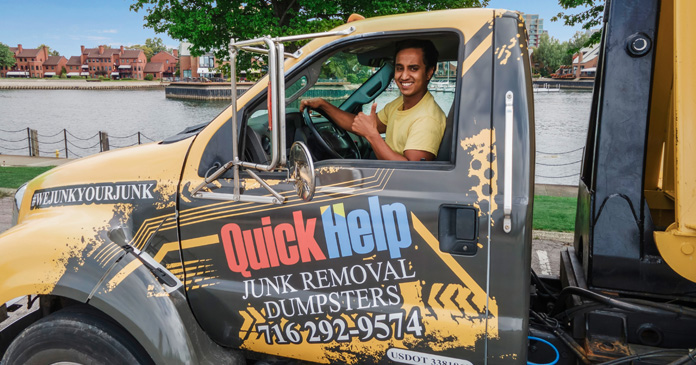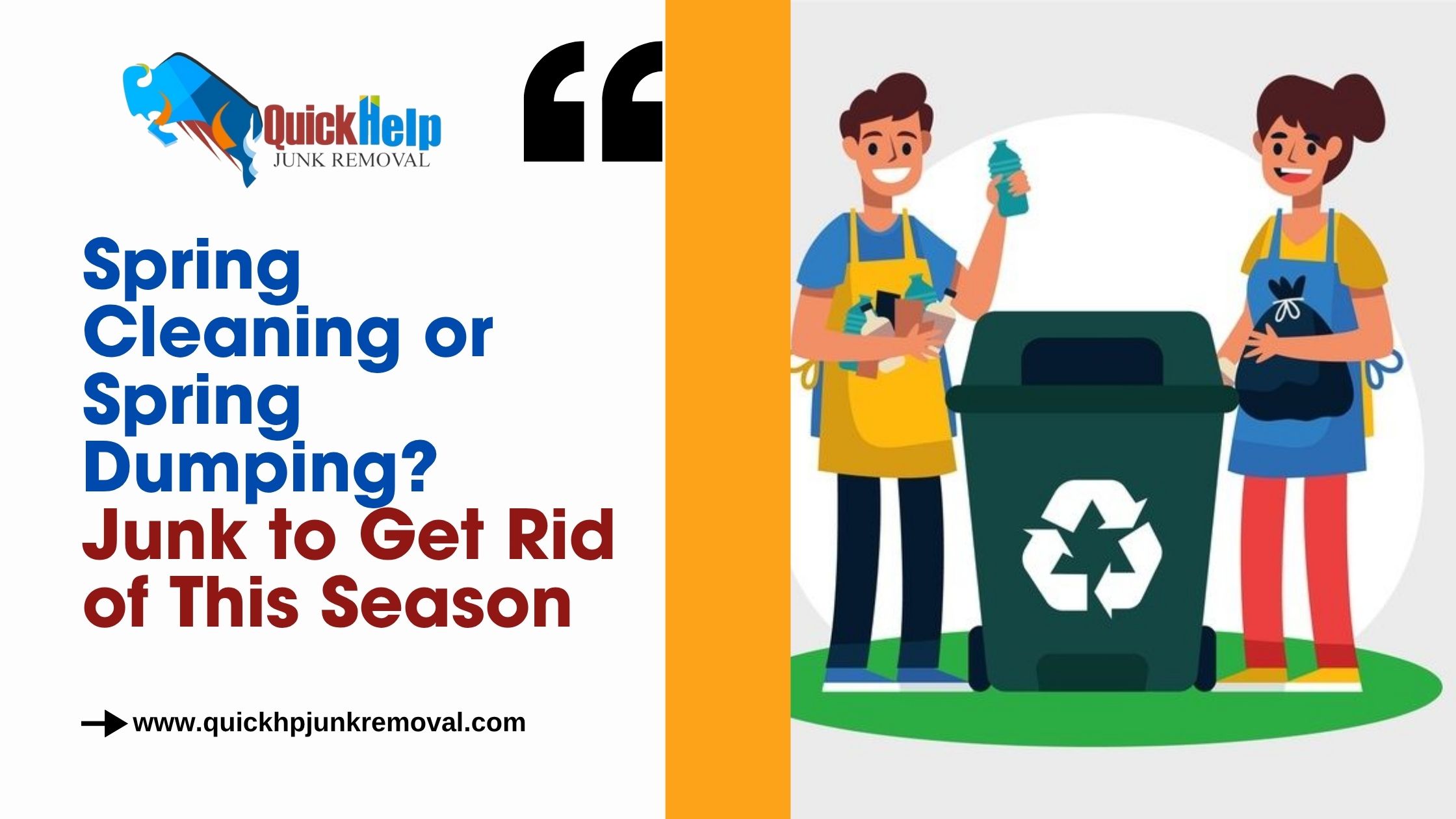That warm breeze is finally here, the days are getting longer, and you’re feeling that familiar itch to throw open the windows and tackle the chaos that’s been accumulating in your home all winter. But as you stand in your garage, basement, or that spare room that’s become a storage nightmare, you’re facing a crucial question: Are you actually spring cleaning, or are you just spring dumping?
Here’s the brutal truth: Most people confuse the two. Real spring cleaning involves strategic decisions about what stays, what goes, and what gets a second chance at life. Spring dumping is just moving your problem from inside your house to inside a dumpster.
The average American home contains over 300,000 items, and spring is traditionally when we confront the reality of how much stuff we’ve accumulated. But here’s what most people don’t realize—about 70% of what you’re ready to “dump” actually has value, either to you with proper organization or to someone else through donation, recycling, or resale.
I’m about to show you exactly how to tell the difference between items that deserve a second chance and genuine junk that needs to go. By the end of this guide, you’ll have a clear strategy for making your spring cleaning count—and maybe even make some money in the process.
The Psychology of Spring Cleaning vs. Spring Dumping
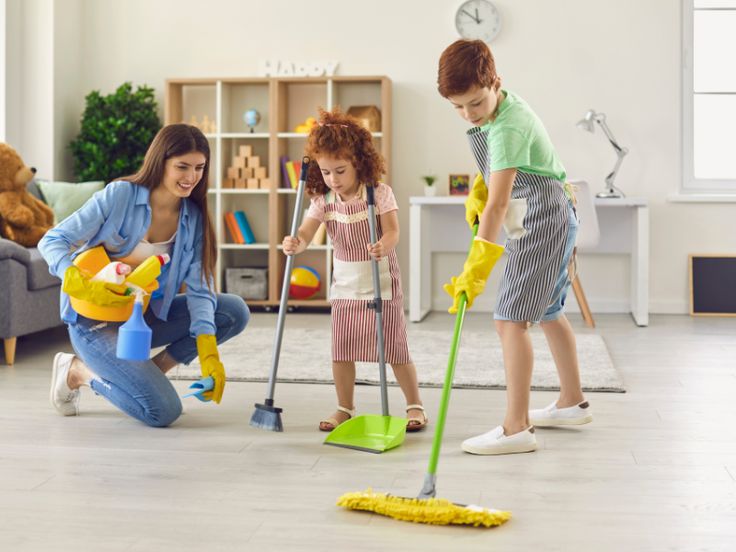
Why We Accumulate Winter Clutter
Winter is naturally a time of accumulation. We’re indoors more, shopping online more, and letting maintenance slide because it’s too cold or dark to deal with problems. By spring, we’re often drowning in the results of months of “I’ll deal with this later” decisions.
This accumulation creates a psychological pressure that makes us want to get rid of everything quickly. The problem is that this urgency often leads to poor decisions—throwing away items we’ll need later or missing opportunities to profit from valuable materials.
True spring cleaning requires slowing down and making thoughtful decisions about each category of items. It’s about creating systems that prevent the same accumulation from happening next year.
The Hidden Cost of Spring Dumping
When you default to “throw it all away,” you’re not just losing potential value—you’re reinforcing the habits that created the clutter in the first place. Without understanding why you accumulated these items, you’re likely to repeat the same patterns.
Spring dumping also often leads to regret. How many times have you thrown something away during a cleaning frenzy, only to need it six months later? Strategic spring cleaning prevents these mistakes by creating better systems for storage and organization.
Room-by-Room Junk Assessment Guide

The Garage: Where Good Intentions Go to Die
Your garage is probably ground zero for spring cleaning confusion. It’s where exercise equipment becomes coat hangers, where seasonal decorations multiply mysteriously, and where “someday” projects go to gather dust.
Keep These Items:
-
- Tools that are still functional, even if you haven’t used them recently
-
- Seasonal decorations that you actually used within the last two years
-
- Sports equipment that’s in good condition (even if nobody’s using it currently)
-
- Car maintenance supplies that aren’t expired
-
- Garden tools and supplies (spring is when you’ll need them most)
Donate or Sell These Items:
-
- Exercise equipment you haven’t used in over a year
-
- Sporting goods your kids have outgrown
-
- Duplicate tools (keep the better version)
-
- Seasonal decorations in good condition that you haven’t used in three years
-
- Car accessories for vehicles you no longer own
Actually Junk These Items:
-
- Broken tools that would cost more to repair than replace
-
- Expired automotive fluids and chemicals
-
- Rusty or damaged sports equipment
-
- Decorations that are broken, faded, or missing essential parts
-
- Empty containers you’ve been “saving” for over a year
The Basement: The Forgotten Kingdom
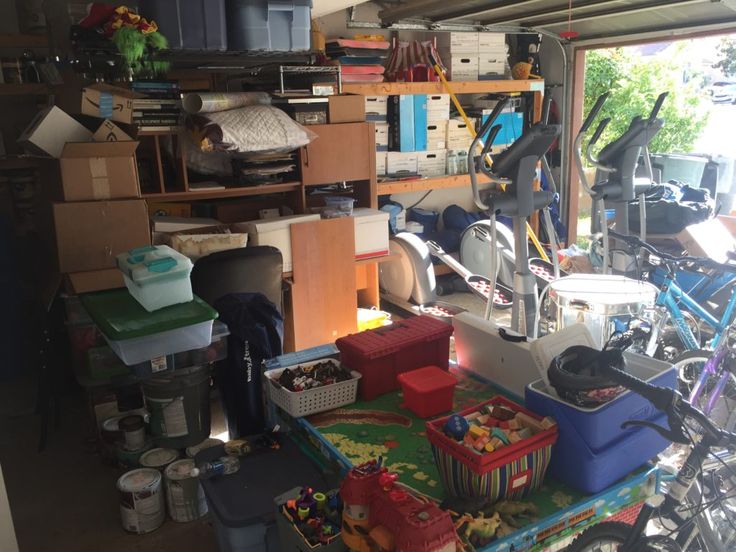
Basements are where items go to be forgotten. They’re also where you’ll find some of your most valuable discards, along with genuine junk that’s been moldering for years.
Keep These Items:
-
- Holiday decorations you actually use
-
- Important documents and photos (digitize them!)
-
- Quality furniture that’s just temporarily stored
-
- Seasonal clothing that still fits and is in good condition
-
- Appliances that work and might be needed again
Donate or Sell These Items:
-
- Books you’ve already read and won’t reference again
-
- Clothing that’s in good condition but no longer fits
-
- Furniture that’s functional but not currently needed
-
- Electronics that work but are outdated
-
- Craft supplies you haven’t touched in over a year
Actually Junk These Items:
-
- Anything with water damage or mold
-
- Broken electronics that aren’t worth repairing
-
- Furniture with structural damage
-
- Expired food storage items
-
- Mystery items you can’t identify (if you can’t remember what it is, you don’t need it)
The Attic: Time Capsule or Trash Heap?
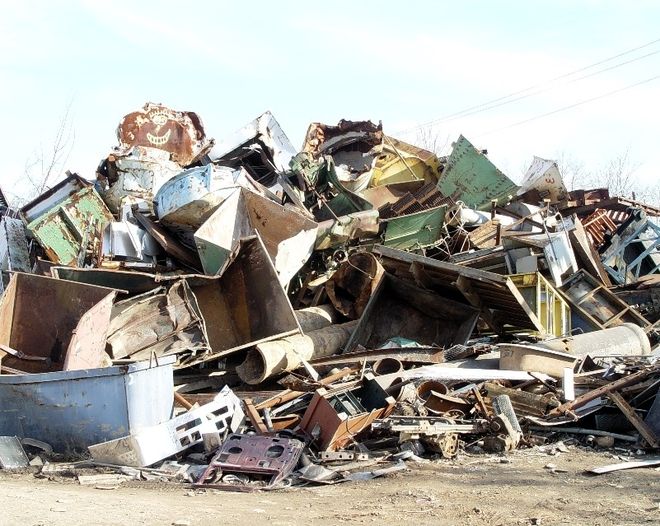
Attics are either goldmines of valuable vintage items or repositories of things that should have been thrown away years ago. The key is knowing the difference.
Keep These Items:
-
- Vintage items that have appreciated in value
-
- Important documents and memorabilia
-
- Seasonal items you actually use
-
- Quality luggage and storage containers
-
- Items with genuine sentimental value (be honest about this)
Donate or Sell These Items:
-
- Vintage clothing in good condition
-
- Old electronics that collectors might want
-
- Books, especially first editions or specialized topics
-
- Toys and games in good condition
-
- Furniture that’s gone out of style but is still functional
Actually Junk These Items:
-
- Anything damaged by pests or weather
-
- Broken furniture that’s not worth repairing
-
- Outdated electronics with no collector value
-
- Clothing with irreparable damage
-
- Items you forgot you owned (and didn’t miss)
Closets: The Daily Reminder of Past Decisions
Closets are where we confront our shopping decisions most directly. They’re also where we can make the biggest impact with strategic decluttering.
Keep These Items:
-
- Clothing that fits well and makes you feel good
-
- Classic pieces that don’t go out of style
-
- Professional attire that’s still appropriate
-
- Seasonal items you actually wear
-
- Shoes that are comfortable and in good condition
Donate or Sell These Items:
-
- Clothing in good condition that no longer fits
-
- Items you haven’t worn in over a year
-
- Shoes that are still wearable but no longer comfortable
-
- Accessories you never use
-
- Duplicate items (keep the better one)
Actually Junk These Items:
-
- Clothing with stains, tears, or excessive wear
-
- Shoes with worn-out soles or structural damage
-
- Undergarments that are stretched out or worn
-
- Items with missing buttons, zippers, or other essential parts
-
- Anything that smells and can’t be properly cleaned
The Seasonal Decluttering Calendar

Early Spring (March): Assessment Phase
Start with a comprehensive walk-through of your entire home. Don’t move anything yet—just assess what you’re dealing with. Take photos of problem areas to track your progress.
Focus on identifying obvious junk first: broken items, expired products, and things you forgot you owned. This creates quick wins and builds momentum for harder decisions.
Create three piles for each room: Keep, Donate/Sell, and Trash. But don’t commit to these decisions yet—you’re still in assessment mode.
Mid-Spring (April): Decision Phase
Now it’s time to make the hard choices. For each item, ask yourself three questions: Have I used this in the last year? If I needed this again, could I easily replace it? Does keeping this item align with my current lifestyle?
Be ruthless with duplicates. You don’t need five spatulas or three coffee makers. Keep the best version and let the rest go.
Consider the 20/20 rule: If you can replace something for under $20 in under 20 minutes, you don’t need to store it “just in case.”
Late Spring (May): Action Phase
This is when the actual removal happens. Start with the easiest categories—genuine trash that needs to go to the curb or dumpster.
Next, handle donations and sales. Many charitable organizations have increased capacity in spring, and garage sale season is beginning.
Finally, organize what you’re keeping. Spring cleaning isn’t complete until you have systems in place to prevent the same problems from recurring.
Items That Fool Everyone: Not Junk vs. Definitely Junk
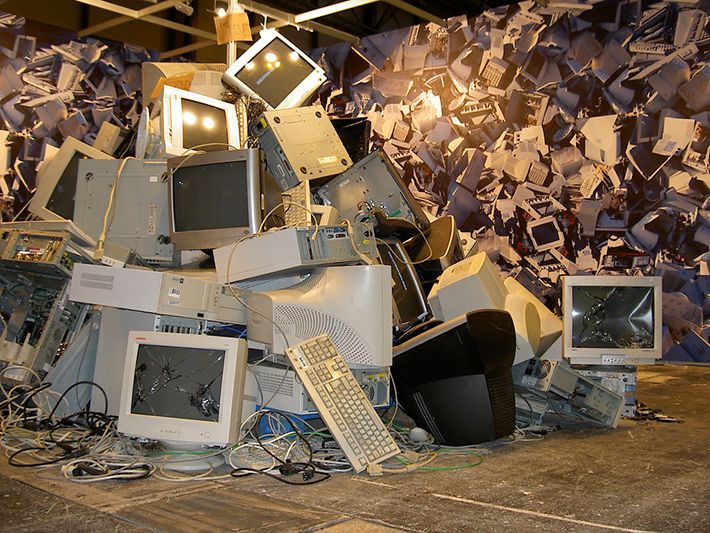
The Surprising Keepers
Some items look like junk but actually have significant value or utility. Old tools, even rusty ones, can often be restored to working condition. Vintage electronics might be worth more than modern replacements to collectors.
Books that seem outdated might be valuable to specialized collectors. That computer programming manual from 1995 might be worthless to you but gold to someone restoring vintage computers.
Even damaged items can have value if they contain useful parts. That broken appliance might have a motor, wiring, or components that are perfect for repair projects.
The Deceptive Junk
On the flip side, some items look valuable but are actually worthless. Those “collectible” plates from TV shopping channels? Not worth the foam they’re packed in. Most modern electronics lose value so quickly that hanging onto them “just in case” is a losing strategy.
Clothing with minor damage often isn’t worth keeping unless you’re genuinely committed to repairing it. That shirt with the small stain that you’re “going to treat someday” is just taking up space.
Exercise equipment that requires repairs to be usable is usually more trouble than it’s worth. If you haven’t fixed it by now, you’re probably not going to.
The Art of Strategic Disposal
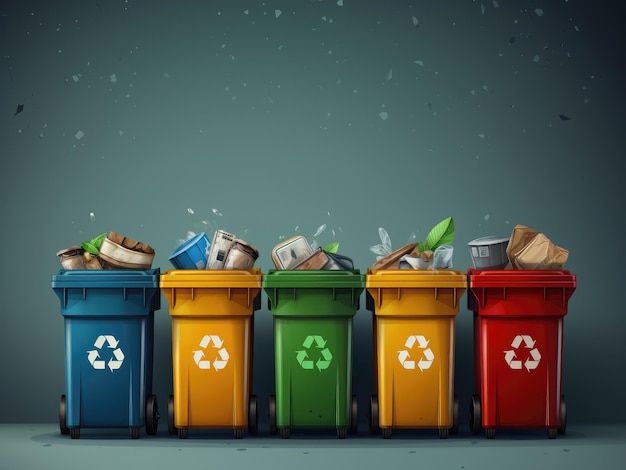
Timing Your Donations
Different organizations have different peak seasons for donations. Back-to-school season is great for books, supplies, and children’s items. Holiday seasons are perfect for toys and household goods.
Spring is actually ideal for donating warm clothing, as many organizations are preparing for next winter. It’s also when many people are looking for household items to set up new homes.
Maximizing Resale Value
If you’re selling items, timing matters. Exercise equipment sells best in January when people are motivated by New Year’s resolutions. Lawn equipment is most valuable in early spring when people are planning yard work.
Take good photos and write honest descriptions. Items that are priced to move quickly are better than items that sit on the market for months.
The Batch Processing Strategy
Don’t try to handle disposal one item at a time. Group similar items together and handle them in batches. All electronics go to the recycling center in one trip. All donations go to the charity in one load.
This approach is more efficient and reduces the mental fatigue of making constant decisions about individual items.
Environmental Considerations: Spring Cleaning Responsibly
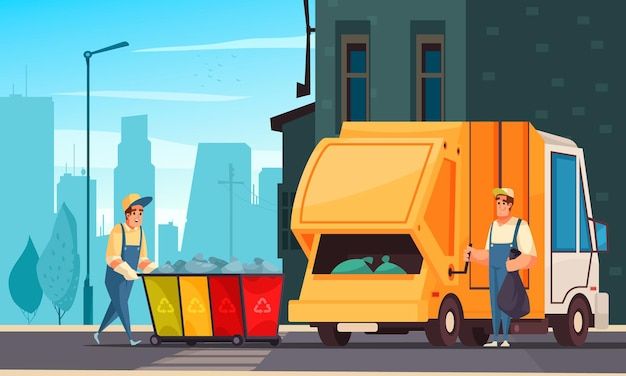
The Landfill Reality
Spring cleaning season creates a massive spike in waste generation. Landfills see their highest volumes in April and May as people clear out their homes.
But most of what people throw away during spring cleaning doesn’t belong in landfills. Electronics, textiles, and many household items can be recycled or repurposed if you know where to take them.
Eco-Friendly Alternatives
Before throwing anything away, research recycling options in your area. Many cities have special programs for electronics, textiles, and hazardous materials.
Consider freecycle groups, community swap events, and online marketplaces for items that aren’t worth selling but might be useful to someone else.
The Circular Economy Approach
Think of spring cleaning as resource redistribution rather than waste generation. Your unwanted items become raw materials for other people’s projects or needs.
This mindset shift makes the process more rewarding and less wasteful. You’re not just getting rid of stuff—you’re contributing to a more sustainable economy.
Creating Systems to Prevent Future Clutter

The One-Year Rule
If you haven’t used something in a year, you probably don’t need it. But apply this rule thoughtfully—seasonal items obviously don’t get used year-round.
Create a system for tracking when you last used items. Some people put dates on storage boxes or use apps to track possessions.
The Replacement Protocol
When you bring something new into your home, something old should leave. This prevents accumulation and forces you to make conscious decisions about what you really need.
This is especially important for clothing, books, and electronics—categories where accumulation happens gradually.
Seasonal Maintenance Schedule
Don’t wait until spring to deal with clutter. Set up quarterly mini-cleanouts to prevent the massive accumulation that makes spring cleaning overwhelming.
A little maintenance throughout the year prevents the need for major overhauls and makes the process less stressful.
The Economics of Smart Spring Cleaning

Hidden Value in Common Items
Many everyday items have resale value that people don’t realize. Quality kitchen appliances, even used ones, sell well. Brand-name clothing retains value, especially if it’s in good condition.
Electronics depreciate quickly, but they don’t become worthless overnight. That three-year-old laptop might not be worth much to you, but it could be perfect for a student or casual user.
Cost-Benefit Analysis
Before throwing something away, consider the replacement cost. If you might need the item again and it would cost more than $50 to replace, it’s probably worth keeping.
Factor in convenience costs too. Some items are cheap to replace but inconvenient to obtain when you need them.
The Storage Cost Factor
Everything you keep has a storage cost—the space it occupies could be used for something else. In expensive housing markets, storage space has real dollar value.
Consider whether the cost of storing something exceeds its replacement value. Sometimes it’s cheaper to get rid of things and buy them again if needed.
Professional Help: When to Call in the Experts
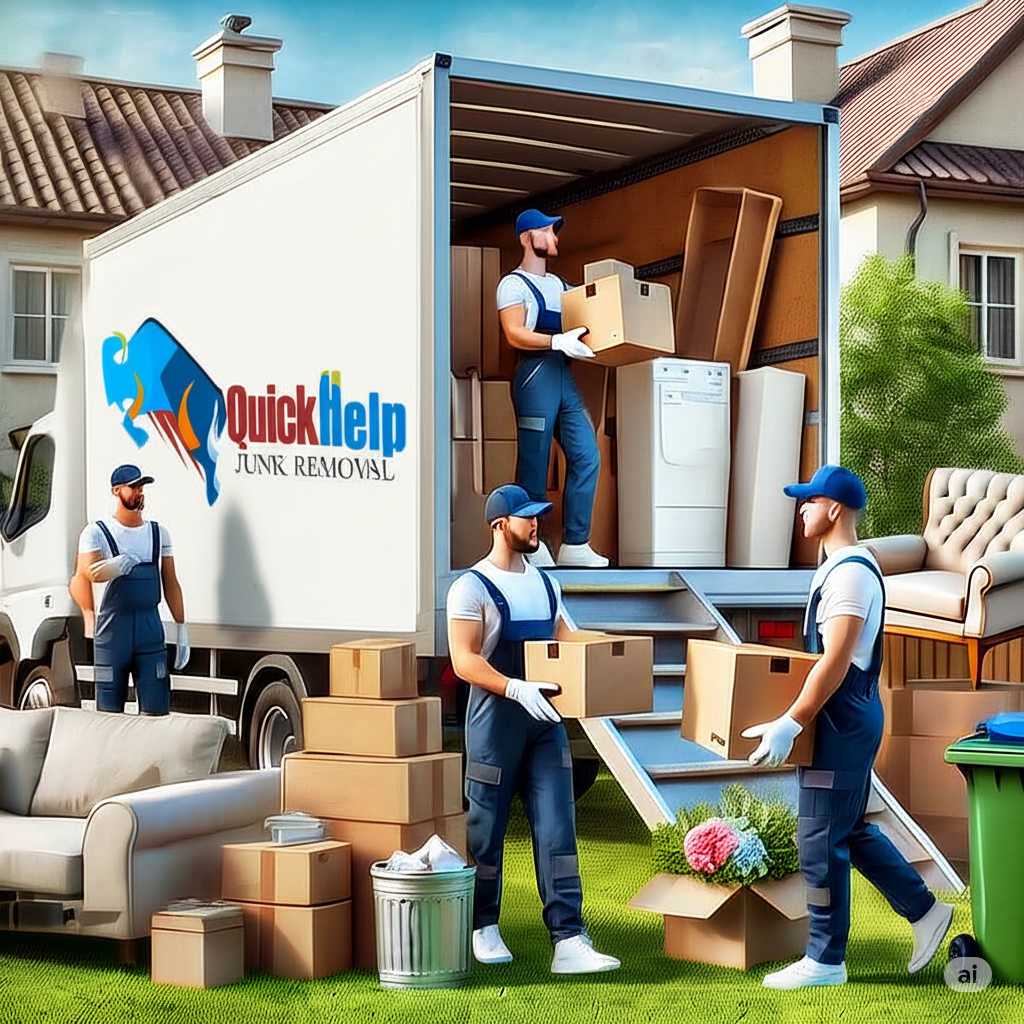
Signs You Need Professional Junk Removal
If you’re facing multiple rooms of accumulated items, professional help might be more cost-effective than trying to handle everything yourself.
Hazardous materials, large appliances, and electronics often require specialized disposal that professionals can handle more efficiently.
Maximizing Professional Services
Professional junk removal companies can often identify valuable items that you might miss. They also have established relationships with recycling centers and donation organizations.
Don’t just hire the cheapest service—look for companies that emphasize recycling and donation over landfill disposal.
The Time Value Equation
Consider the value of your time. If professional removal costs less than what you could earn working during the same hours, it might be worth the investment.
Professional services also eliminate the need for multiple trips to donation centers, recycling facilities, and disposal sites.
Making Spring Cleaning a Annual Success
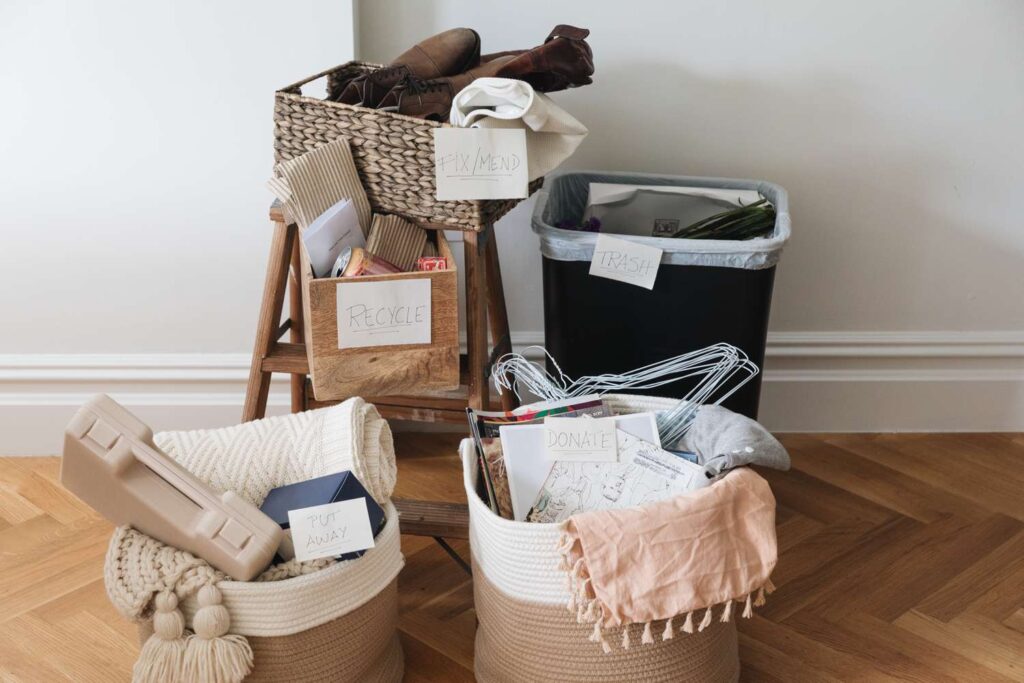
Setting Realistic Goals
Don’t try to declutter your entire home in one weekend. Set realistic goals for each area and celebrate progress rather than perfection.
Focus on one category at a time—all books, all clothing, all electronics—rather than trying to complete entire rooms.
Building Momentum
Start with easy wins to build momentum. Obvious trash and clearly broken items are good starting points because the decisions are straightforward.
As you build confidence, tackle more challenging categories where decisions require more thought.
Creating Accountability
Share your goals with family members or friends who can help keep you accountable. Take before and after photos to track progress.
Consider making it a social activity—decluttering with friends can make the process more enjoyable and less overwhelming.
Conclusion: From Chaos to Clarity
Spring cleaning doesn’t have to be spring dumping. With the right approach, you can transform the annual ritual of dealing with accumulated possessions into a strategic process that saves money, helps others, and creates lasting organizational systems.
The key is approaching each item with intention rather than urgency. Ask yourself whether something truly deserves to be discarded or if it has value that you’re overlooking. Consider who might benefit from your unwanted items and research the best ways to get them to people who need them.
Remember that spring cleaning is as much about prevention as it is about removal. The systems you create to organize what you keep and prevent future accumulation are just as important as the decisions you make about what to discard.
Your spring cleaning efforts can have impacts that extend far beyond your own home. Donated items support charitable organizations and help families in need. Recycled materials reduce environmental impact and conserve natural resources. Items you sell provide value to other people while generating income for you.
The next time you feel that spring cleaning urge, remember that you’re not just clearing space—you’re making decisions that affect your finances, your community, and the environment. Take the time to do it right, and you’ll find that spring cleaning becomes a rewarding annual tradition rather than a dreaded chore.
Start small, be strategic, and remember that the goal isn’t to get rid of everything—it’s to create a living space that supports your current lifestyle and future goals. Your spring cleaning efforts today are an investment in a more organized, efficient, and sustainable way of living.
How Quick Help Junk Removal Can Help You Spring Clean Smarter

Don’t let spring dumping undo your best intentions. At Quick Help Junk Removal, we specialize in eco-conscious decluttering that gives your items a second life. We help Buffalo homeowners sort, haul, and responsibly dispose of the things you no longer need—without the hassle of renting a dumpster or making multiple trips.
Here’s how we make your spring cleaning more strategic:
-
- ♻️ Donation-First Approach: We partner with local charities like Habitat for Humanity ReStore Buffalo to ensure usable items are donated instead of dumped.
-
- 🚛 Fast, Friendly Pickups: Schedule your removal with just a call, text, or online form—no stress, no waiting.
-
- 💰 Save Time and Money: No need to rent a dumpster or handle it yourself. We’ll sort, lift, and responsibly haul everything for you.
-
- 🌍 Sustainable Disposal: We recycle and repurpose as much as possible, keeping your junk out of landfills.
📞 Call or text us at (716) 292-9574 or (833) 784-2547
🌐 Book online 24/7 at quickhpjunkremoval.com
Let’s turn your spring chaos into clarity—together. 🌱
